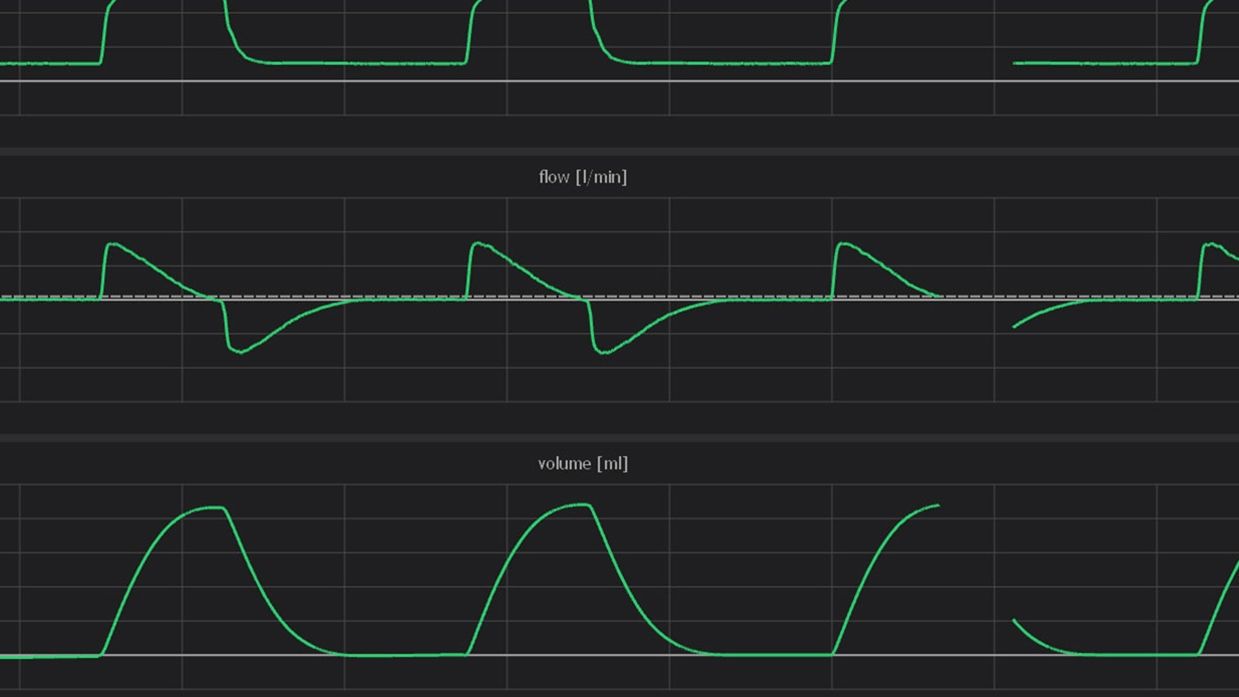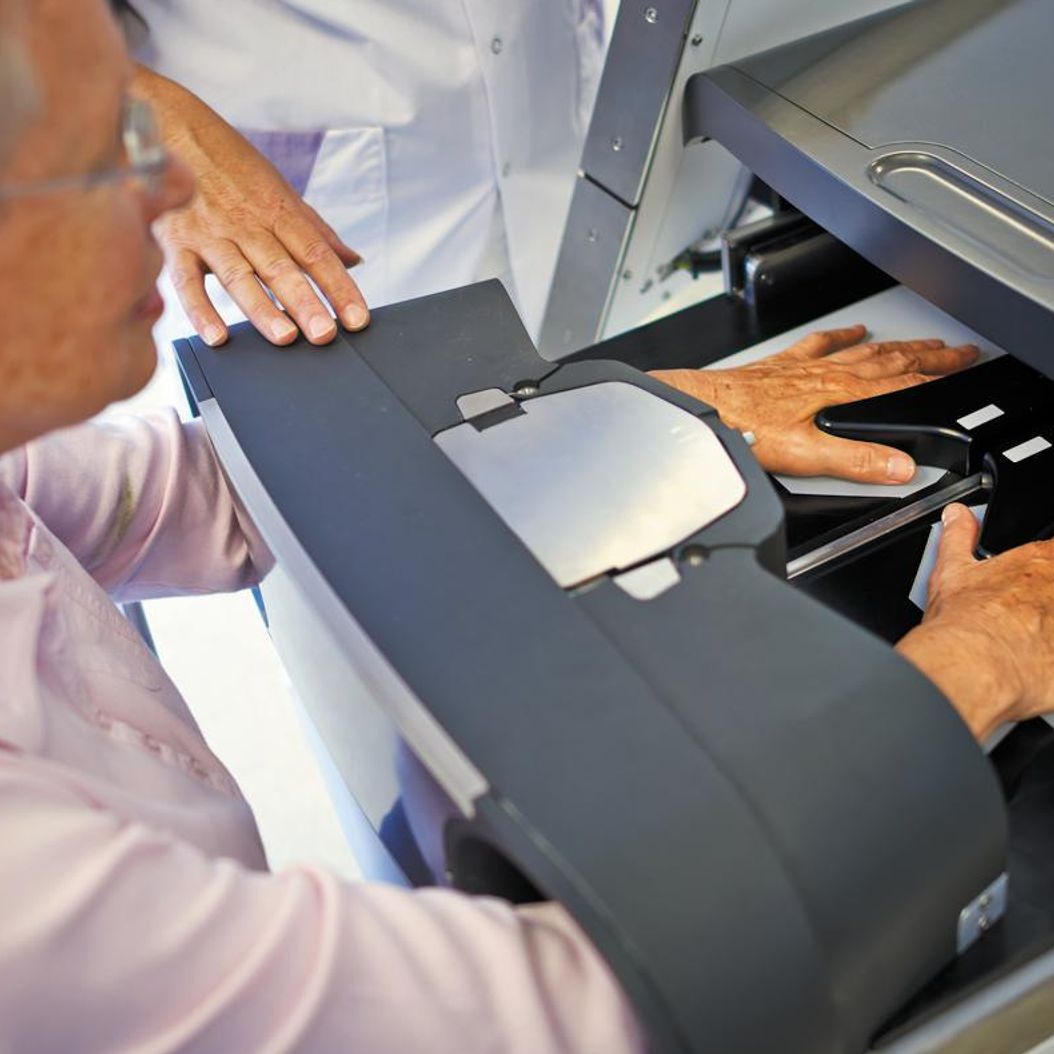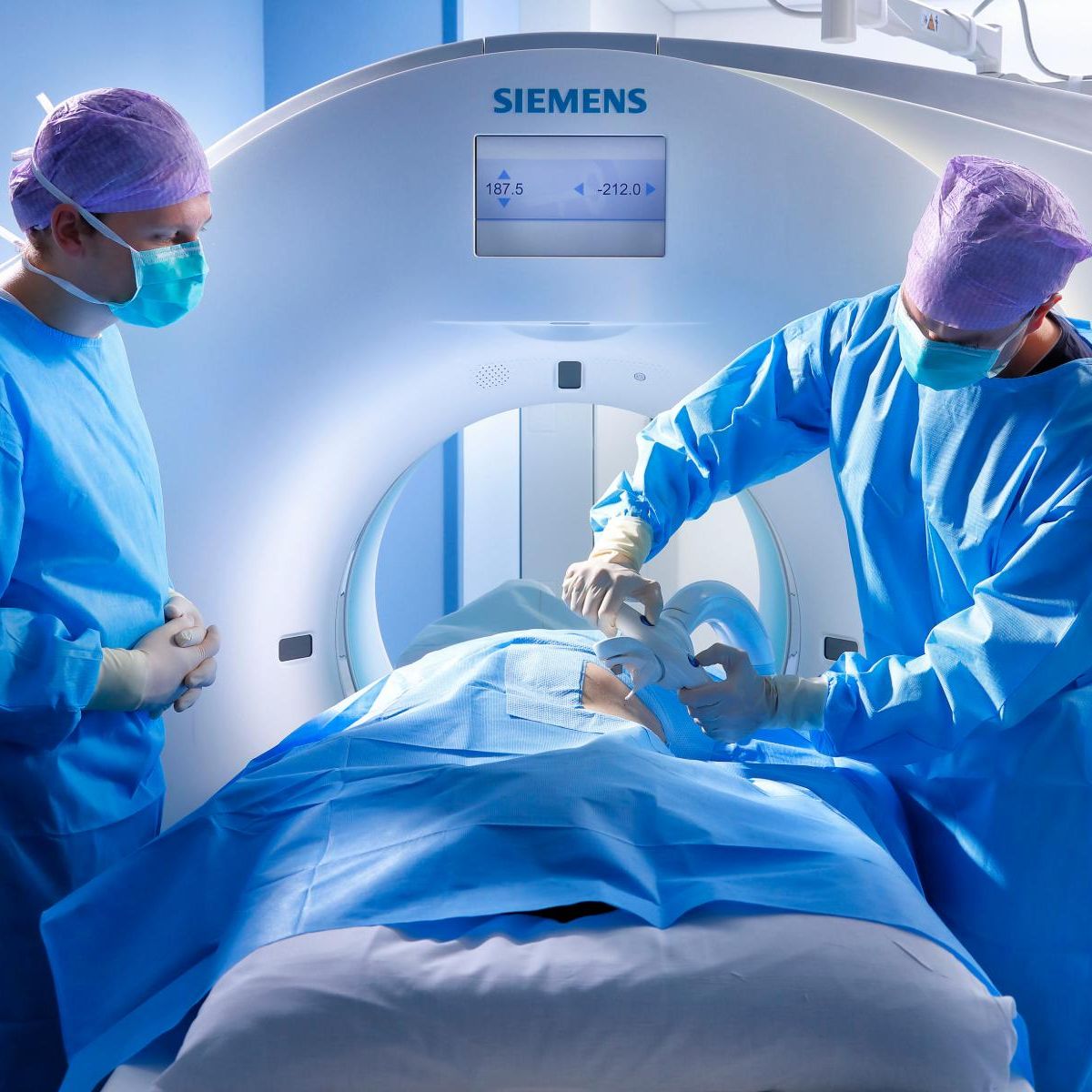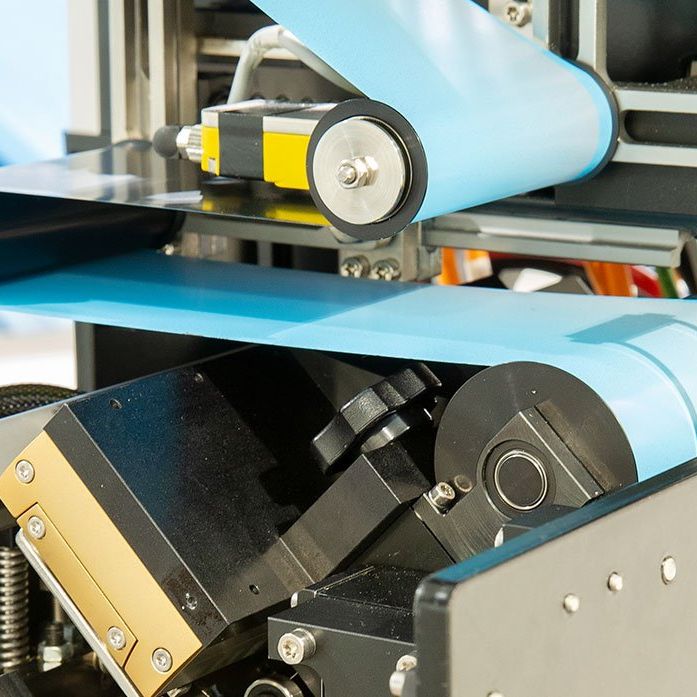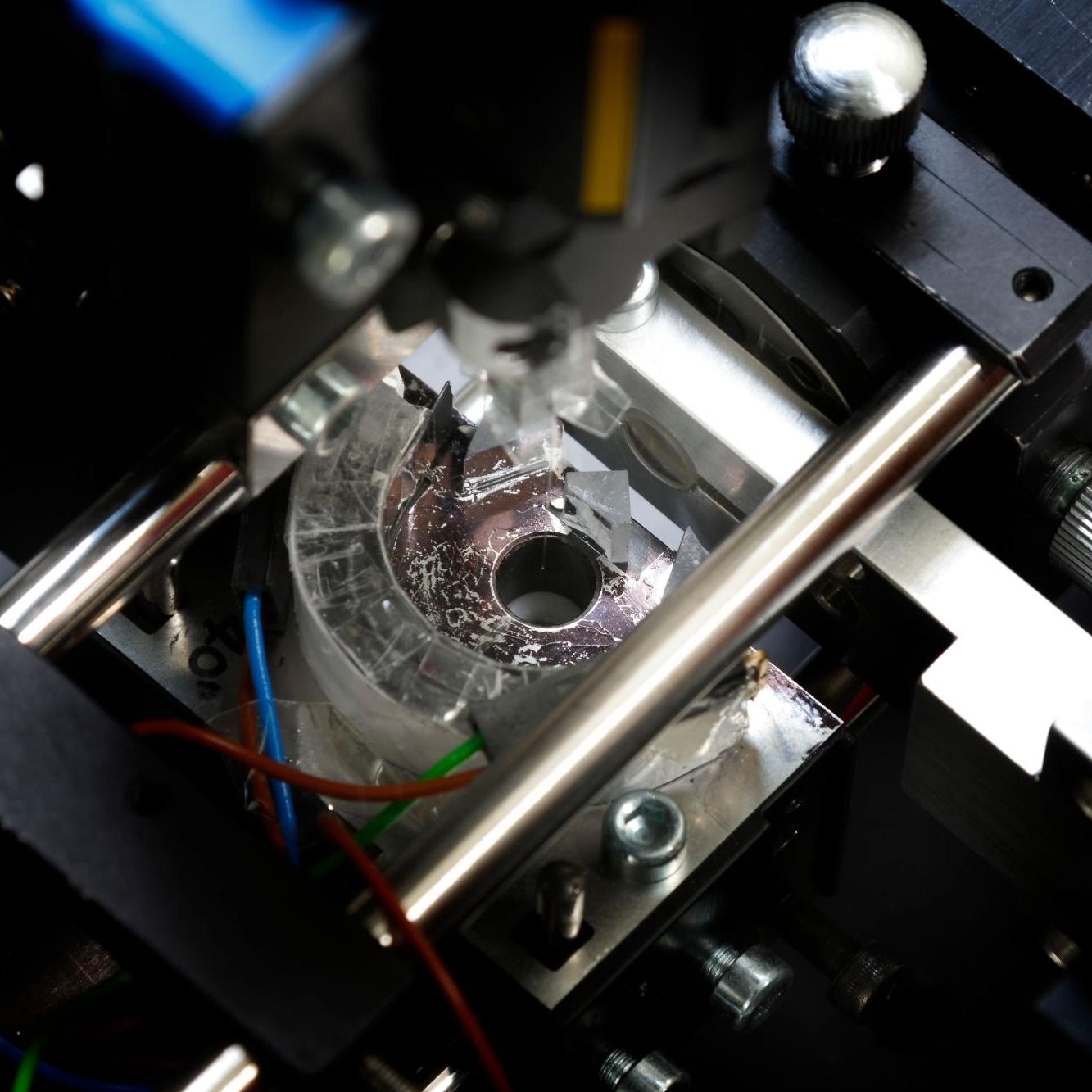
highlights
• automatically evaluating the patient-ventilator interaction
• software building blocks have been designed into an integrated application
• edge deployment is realized by implementing the algorithm on an actual ventilator
long Short-Term Memory cells for detection.
In current practice, experienced clinicians are able to detect PVA using the measured flows and pressures. However, this is a very time-consuming and challenging task. Therefore, with the help of Machine Learning, we have developed an algorithm that automatically detects and classifies PVA.
More specifically, a Recurrent Neural Network (RNN) with Long Short-Term Memory (LSTM) cells is used for the detection and classification of PVA. These types of models are the current state-of-the-art in recognizing patterns in time-series data.
Unlike any feedforward neural network, LSTM cells have feedback connections. These feedback connections enable the recognition of patterns over time in sequenced data. This allows LSTM networks to process entire data sequences. Making it perfect for the detection and classification of PVA using the measured time-series data.
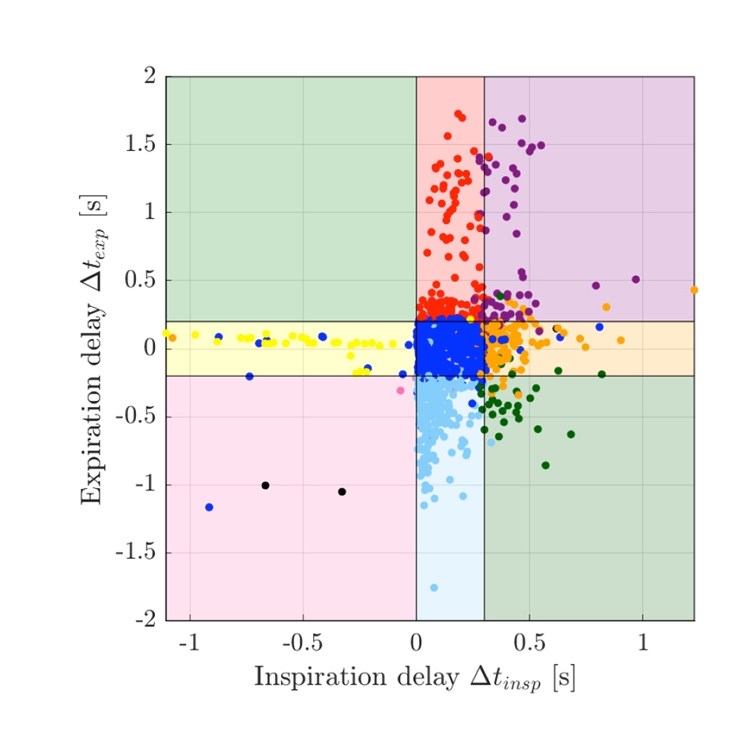
Watch this video on respiratory technology starting from 36:20 minutes to learn more!
"improving the treatment using AI."
Using the developed network, asynchrony between the ventilator and the patient can be detected in real-time. In turn, this information can be used to adjust the patient’s treatment and eliminate PVA – enabling faster recovery. Eventually, the algorithm should be able to automatically adjust the ventilator settings (in terms of provided flows and pressure) to eliminate PVA.


